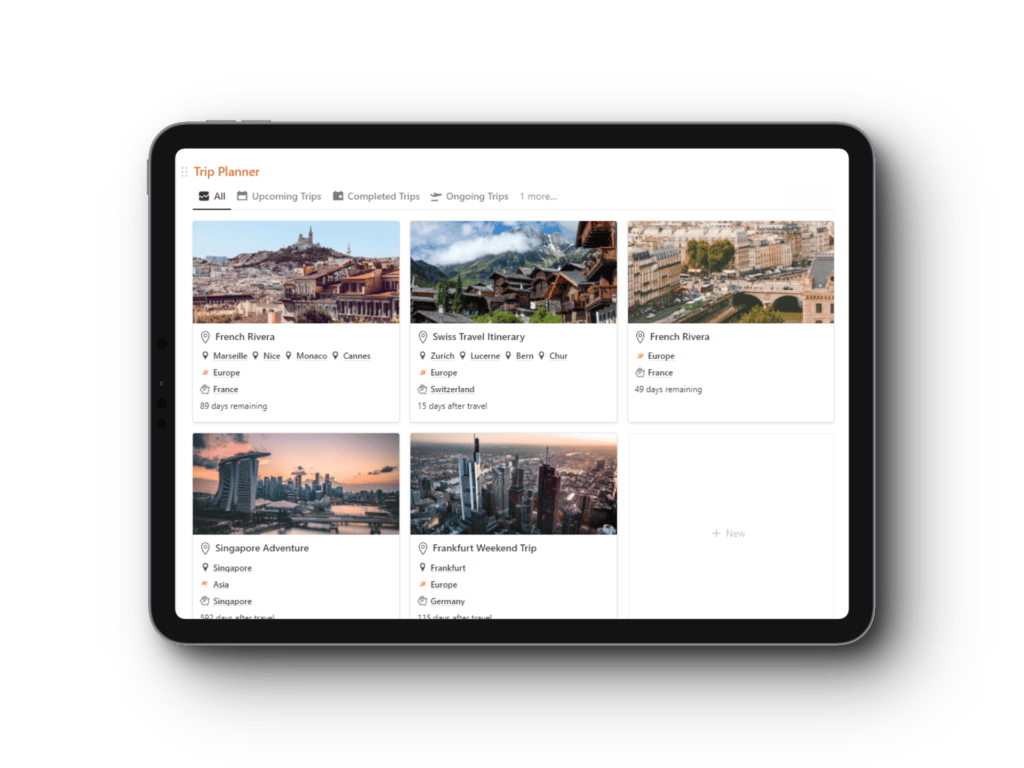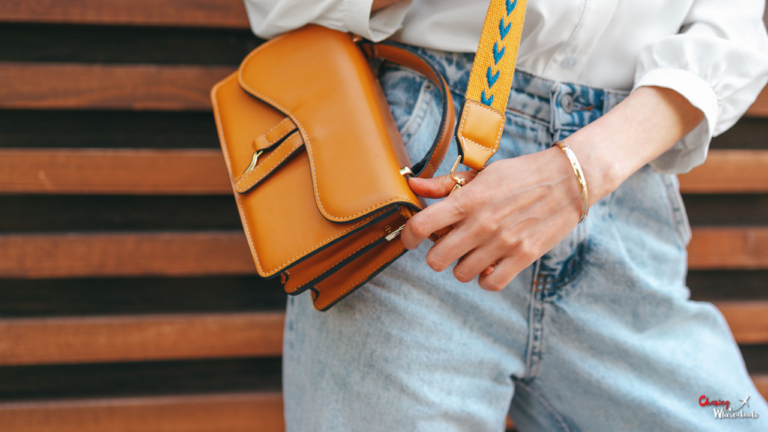A traveller’s guide to bottled water: Is every bottle created equal?
I don’t focus on anything more than hydration while travelling. Whether it’s long days hiking, riding on public transportation or eating brunch at an exquisite cafe, I always have a water bottle.
Sometimes, packing bottled water induces decision fatigue. Habit always brings me to the same starting place, but what about when I’m out and about? Do I buy bottled water or carry my own? If I take my reusable water bottle, what kind should I pack?
Understand bottled water differences in reusable variants and grocery store brands for a decision you feel good about with every sip.

Let’s understand the terminology
Europe is particular in how it classifies water. It’s a delight when drinks are cool and refreshing, but getting there takes a long process. When I decide what water to get, I think about what is on the label.
The first thing to pay attention to are words like “natural mineral” and “spring” water. To comply with European regulations, companies bottling water had to go through specific steps to achieve those standards.
The main difference between them is their source and how pure it is. Another consideration is how many minerals and what type consistently flow in the water. Spring and mineral water come from underground reservoirs, but experts don’t treat mineral water from all the minerals it has.
Shoppers can rest assured – to get those words on bottles, authorities had to approve the source’s safety and the treatment techniques used by companies. The EU has a list of approved minerals organized by country and origin. It is up to the buyer what minerals they are and isn’t OK with, which might help you decide bottled water differences more decisively. It is the minerals making water nutritious.
Purified and distilled water are other buzzwords to consider. Purified describes ionization and how the water passes through membranes to remove particles. Distilled water changes state by boiling to vapor to extract minerals.
Ultimately, the source, filtration and purification process impact the flavour and appearance of any water from taps or packaged in plastic bottles. When you’re travelling, you can know the standards are the same everywhere throughout Europe.
What’s up with reusable water bottles
Before we dive into the materials making these water bottles contend with each other, it’s critical to discuss our old friend – tap water. Tap water is free of cost and packaging, though it doesn’t go through the same rigour as bottled water. Is there much of a difference in the outcome? Some nations are safer than others because of how countries treat water. It’s essential to stay updated as you travel to ensure you’re not drinking from areas deemed unsafe or polluted.
Not all the water that ends up in bottles is created equal. The same goes for the material holding it. Some provide additional flavour or change the appearance – but they all make an excellent gift for someone you’re travelling with. Plus, each material carries its environmental footprint, which advocates have done well to educate us on for better care of the planet. So, what do these differences look like?
Plastic
It is the most lightweight material for consideration, making it the most practical for travelling long distances. The issue with plastic is how many toxic materials leak into plastic manufacturing. People have to worry about BPA, phthalates, PFAS and microplastics. Eventually, the plastic degrades over time, and these materials seep into the water. The water will not stay cold as long if you’re travelling in the sun, so other temperature-controlled options may be a better bet.
Glass
Glass is heavier but healthier. I don’t have to worry about particles getting into my water, but glass has a higher environmental impact despite being infinitely recyclable. If you’re worried about travelling with glass because of safety, you can get rubber or silicon casings to put around them to make them break-resistant. The casings still allow you to see the water inside – a benefit glass has alongside plastic. You can see how clean the water looks before taking a sip.
Stainless Steel
I know I’m loyal to my Hydro Flask and Klean Kanteen covered in stickers. The durability of stainless steel is unmatched, and you can keep hot and cold drinks. For this reason, designers insulate stainless steel water bottles, meaning testers have evaluated them to meet food-grade safety standards. Designers craft stainless steel to be corrosion-proof and easy to clean, making travels simple and odour-free between beverages.
Aluminum
It’s the stainless steel feeling but cheaper and more lightweight. Sometimes, the bottles have an internal lining to keep the taste intact.
Other Materials
There are silicone and ceramic options, among a few others. Silicone is flexible, being a great option for a light packer. Ceramic is heavy yet durable and potentially the most eco-friendly if you can make it yourself.
Depending on what brand you snag, some reusable water bottles of all materials have filtration systems in them as an added safety measure.
How to pick single-use water bottles
Single-use water bottles may be your go-to or an in-between solution throughout a busy itinerary. Instead of regular plastic, I consider alternative bottled waters with biodegradable or compostable packaging because of the impact of water bottles on the planet. Despite recycling efforts, in 2019, only 9% of 353 million tonnes of plastic waste got there. Over 50% went to landfill and 19% burned in incinerators. Therefore, choosing a single-use water bottle is a loaded choice.
Every bottle says where it comes from, and labels help me understand what it went through to get there. Analyzing Europe’s top brands may make decision-making more interesting, though many have a lot to offer in minerals and flavour:
- Evian from France: Natural spring water is known for its density of minerals and commitment to protecting the planet.
- Gerolsteiner from Germany: Mineral water known for high magnesium content and originating in volcanic areas.
- Vittel from France: Natural spring water known for increased calcium content and sustainable bottling practices.
- San Pellegrino from Italy: Mineral water is known for its effervescence.
Other notable bottled water differences include size, price, lid type and flavour infusions if applicable.
Travelling with the perfect water bottle : Guide to bottled water
Some water bottles are different because every material and company has varying standards. Personal preference and environmental impact are only a few other influences that sway travellers. Maybe you need something convenient and practical – we do sometimes when traversing the world, especially when we don’t know what will be available. At the very least, you have the knowledge to confidently decide about bottled water differences.
Get your Notion Travel Planner Template!
Embark on your next adventure with the Wanderlust Planner, the ultimate Notion Travel Planner Template. Organize your wanderlust-fueled dreams and turn them into unforgettable journeys. Whether you’re a seasoned globetrotter or a newbie explorer, this template has you covered.








